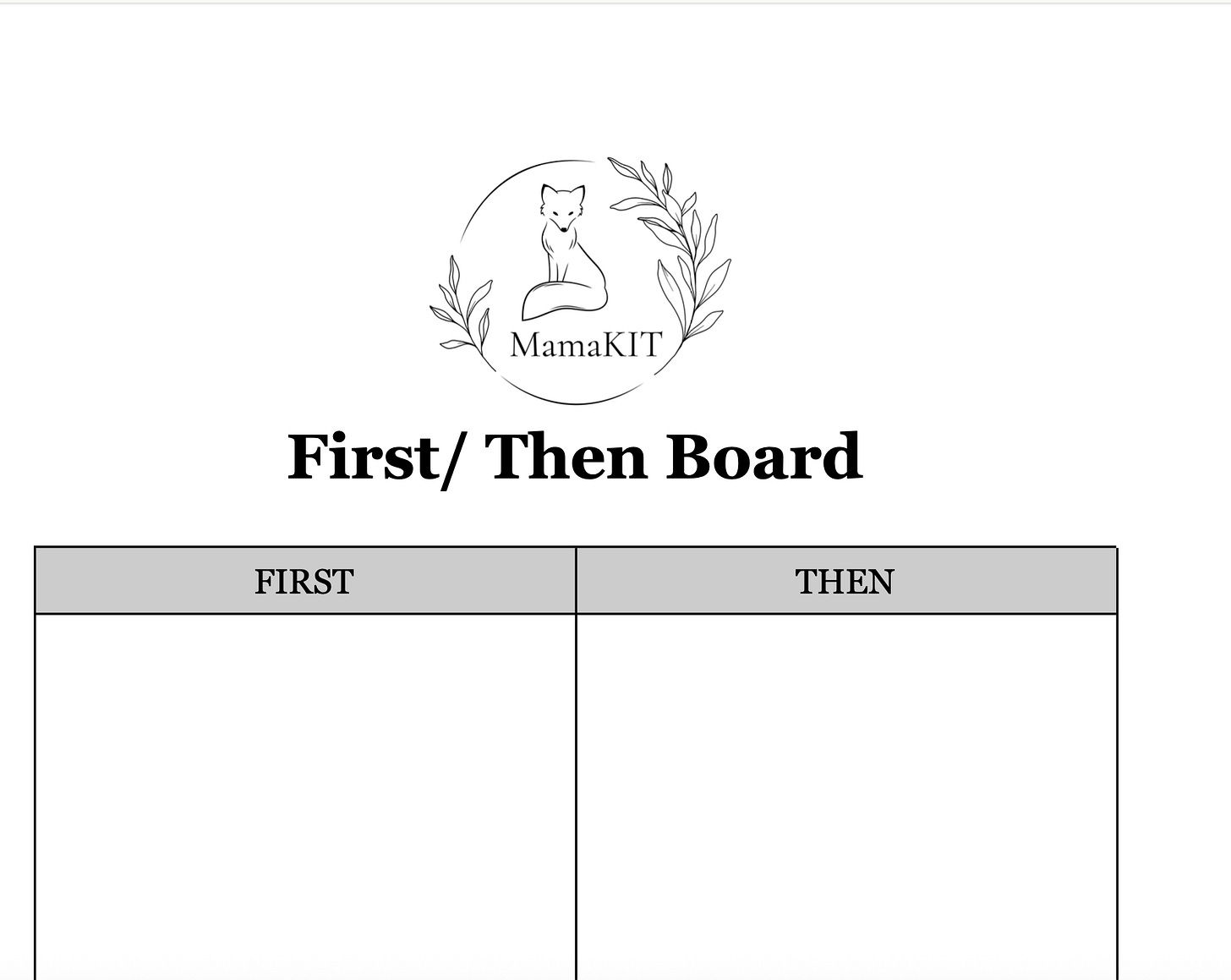Anticipate: Smooth Transitions for Moms and Kids
Gentle parenting tools for leaving the playground, getting out the door, and shifting between activities

So, we all know the hardest part of the day isn’t always the big stuff.
It’s what comes right before those micro-transitions.
And this is true for adults, too. Leaving the house to go to work. Getting ready for a big day. For kids, it can be the littlest things that set off a big meltdown:
Saying goodbye at drop-off
Trying to leave the playground
Moving from playtime to dinnertime
These little shifts can set the tone for the rest of the day, and they can have the biggest impact on a mama’s energy.
That’s where we look at the Anchor Method, which has three parts to help you set up for success in parenting: Anticipate, Anchor, and Adapt.
Why Anticipate?
Psychologists have been using these principles for a long time. If you’ve studied human behavior, like I have, you know this is exactly what we use in classrooms, hallways, and behavior plans, especially for kids who have a history of unwanted behaviors.
When those behaviors keep happening, it usually means something in the environment is fostering them. So we look at: what can we do to change the environment?
And the same applies at home.
Transitions are hard because:
Kids don’t love endings (playtime > shoes, drawing > potty, swinging > car seat).
Parents are usually rushing, and stress gets contagious.
Shifts are too fast, moving from fun to demand feels jarring, which leads to chaos.
So instead of reacting, we can set our kids (and ourselves) up to anticipate what’s coming next.
How to Anticipate Everyday Transitions
Keep reading with a 7-day free trial
Subscribe to MamaKIT Journal to keep reading this post and get 7 days of free access to the full post archives.


